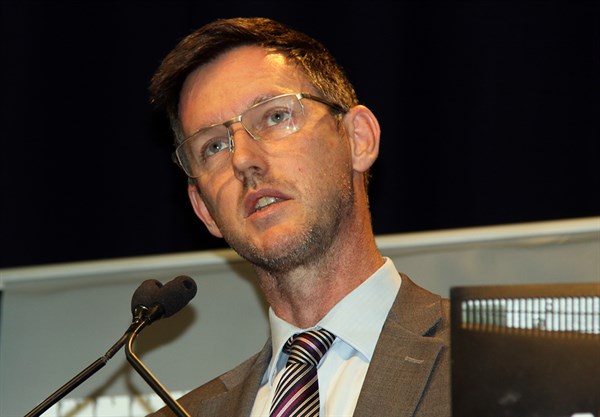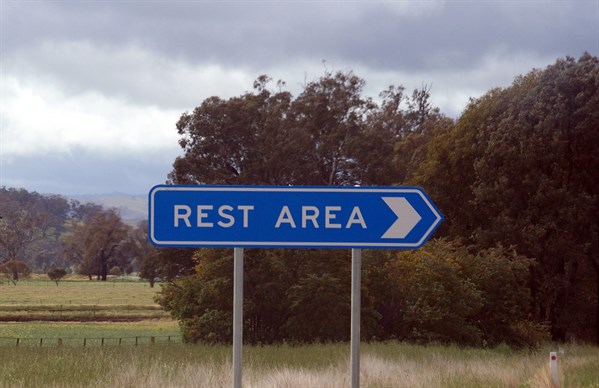Queensland Government and trucking industry collaborate on new safety plan for heavy vehicles.
A new multi-pronged approach targeted at Queensland’s trucking industry will be rolled out over the next two years to improve heavy vehicle safety.
Premier Annastacia Palaszczuk’s government has launched its Heavy Vehicle Safety Action Plan, which details 31 initiatives to lift safety across six areas covering roads, vehicle design, fatigue, seatbelt use, speed and impaired driving.
Key components of the plan include auditing the current state of Queensland’s rest areas to determine what needs to be improved to help drivers manage fatigue, expanding Queensland Police’s roadside drug inspection regime and looking at whether additional emergency stopping bays are needed.
Furthermore, the State Government will identify why many truck drivers do not wear seatbelts and what can be done to change the behavior, along with reviewing work diary compliance issues and using the information to develop effective responses.
“The Palaszczuk Government’s plan reflects our determination to ensure truck drivers, as well as other road users, arrive at their destination safely,” transport minister Stirling Hinchcliffe says.
Road safety minister Mark Bailey says truckies are often not at fault in crashes.
The plan is the brainchild of Queensland’s Heavy Vehicle Safety Working Group, which brings together the Queensland Trucking Association (QTA), the Department of Transport and Main Roads, Queensland Police, the National Heavy Vehicle Regulator (NHVR) and Workplace Health and Safety Queensland.
“I’d like to particularly acknowledge the work of [QTA CEO] Peter Garske, who chairs the group and has been unwavering in his commitment to bring everyone together to improve heavy vehicle safety,” road safety minister Mark Bailey says.
As part of the plan, members of the Heavy Vehicle Safety Working Group will advocate for new safety technology to be fitted trucks, push for increased use of the Performance Based Standards (PBS) scheme and develop a kit for road owners to assess a route’s suitability for high productivity vehicles.
Police and Transport and Main Roads will also work together to look at the implementation of technologies to detect speed limiter tampering.
In releasing the plan, Bailey noted that truck drivers were often not to blame for crashes, despite heavy vehicles being over-represented in incidents.
“In 2015, heavy vehicles accounted for about 2.3 per cent of all registered vehicles in Queensland but were involved in 20.2 per cent of all road fatalities,” he says.
Queensland will audit rest areas to identify what improvements need to be made.
Government statistics based on a five-year analysis of crashes involving heavy vehicles in Queensland found that heavy vehicle drivers were at fault in fatal crashes 40.2 per cent of the time and that drivers disobeying road rules was the greatest contributor.
Only a small number of truck drivers involved in fatal crashes tested positive for alcohol or drugs (5 per cent) or suffered from fatigue (2.5 per cent), while 2.5 per cent of accidents were attributed to vehicle defects.
The Queensland Government says most fatal crashes involving heavy vehicles occurred between 12pm and 4pm.
The Heavy Vehicle Safety Action Plan is designed to complement the Government’s Queensland Road Safety Strategy, which was released last year with the intent of reducing road fatalities and serious injuries to zero.
“Achieving our vision of zero deaths and injuries on Queensland roads requires a serious commitment from the whole community and heavy vehicles are a critical part of this vision,” Bailey says.
“The Palaszczuk Government and the heavy vehicle industry are committed to working collaboratively in this endeavour.”



